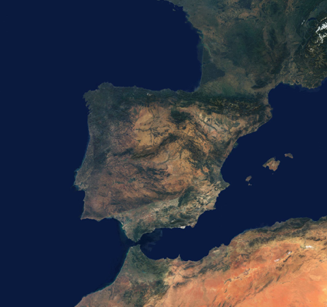Implementation in Spain
There are three main axes of the project at the MS level that are being implemented in Spain:
Understanding of the reporting system of the National Emissions Inventory system, i.e. spatial information used, needs and data gaps;
Reviewing the EEA ETC/ULS (European Topic Centre on Urban, Land and Soil Systems) and ETC/CME (European Topic Centre on Climate Change Mitigation and Energy) analysis on which Copernicus datasets can be used by MS (i.e. CLMS as the forthcoming CLC+) to support LULUCF emission calculations;
Methodological proposal documented on success histories about data gaps of LULUCF reporting by using Copernicus data.
This work will be done by the project core team plus and Advisory Board
Project core team
The Project Core Team is composed by people of different Spanish Ministries coordinated by Ministerio para la Transición Ecológica y el Reto Demográfico (MINERD), researchers from IHCantabria and researchers from ETC-ULS-UMA (more news soon).
Advisory Board of the project
The Advisory Board of LULUCF project is composed by Research Centers and private companies with a long expertise in remote sensing, spatial data and territory management (more news soon).
This work is being done by a Project Core Team composed by the LULUCF team of different Spanish Ministries coordinated by Ministerio para la Transición Ecológica y el Reto Demográfico (MINERD), researchers from IHCantabria and researchers from ETC-ULS-UMA.
In line with this 3 main objectives, we are currently working on different activities related to Action objectives:
- Definition and assessment of data gaps provided by former analysis of the reporting system.
- Evaluation of the National Emissions Inventory, i.e. time series of changes validated through remote sensing data;
- More specificity in the LULC types of interest (forests, grasslands, croplands, wetlands) by using Spatial Datasets available at the regional, national and EU levels (e.g. CLC +, IFN4 and MFE25 or specific analyses derived from projects or monitoring programs);
- Monitoring and update of the LULC database since 2016 using S2 and auxiliary data.
This work will be done by the project core team plus and Advisory Board

